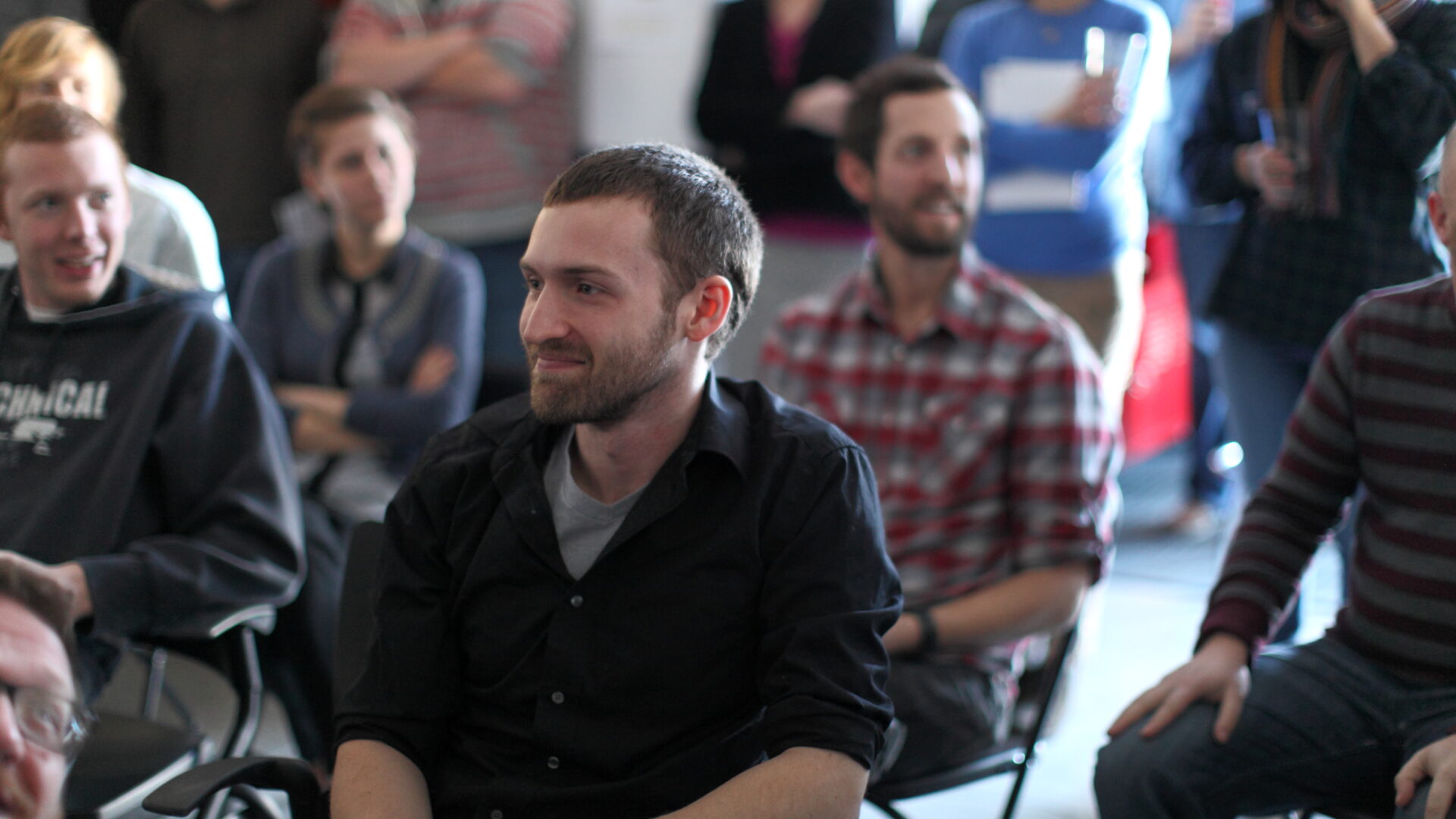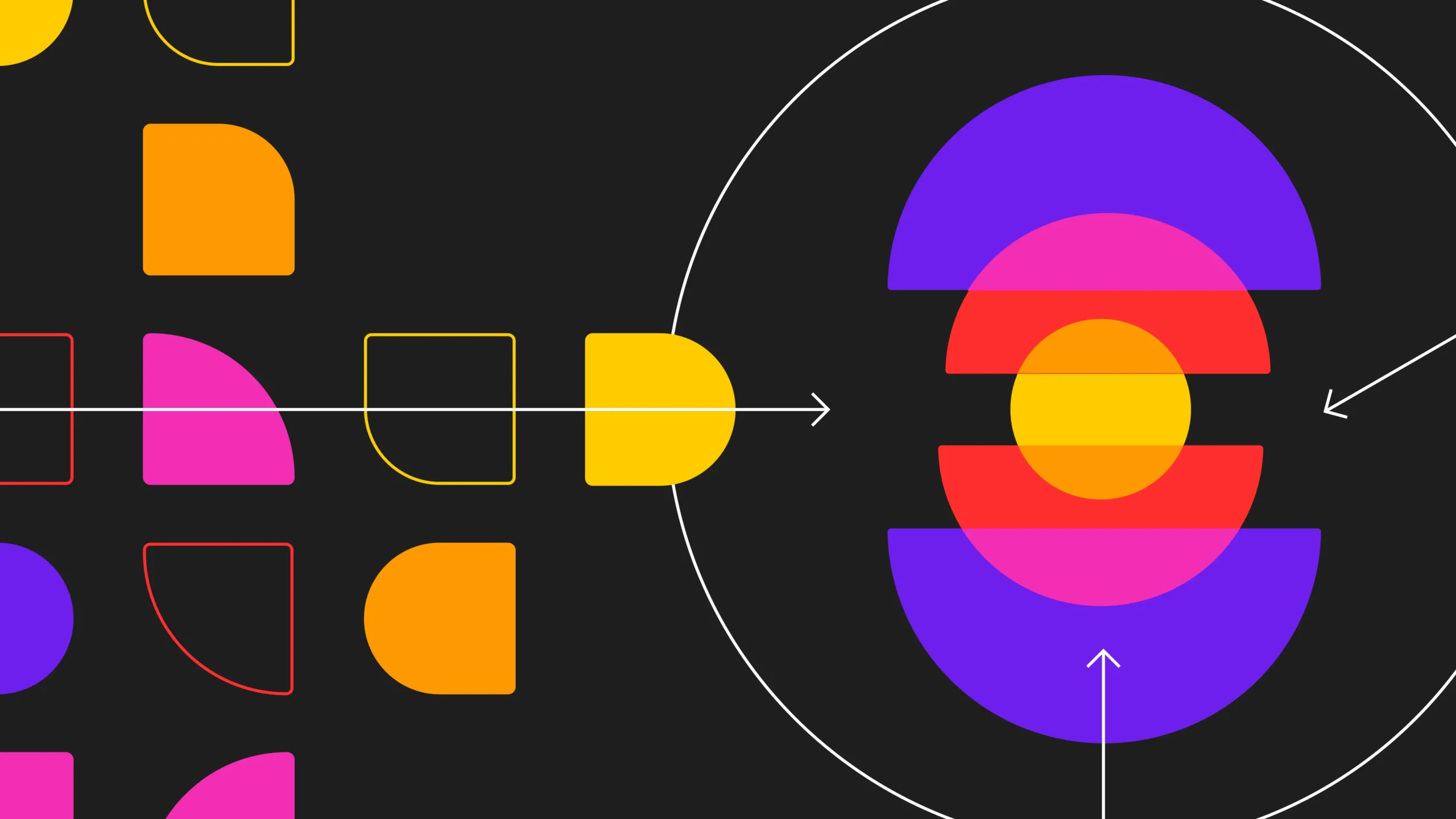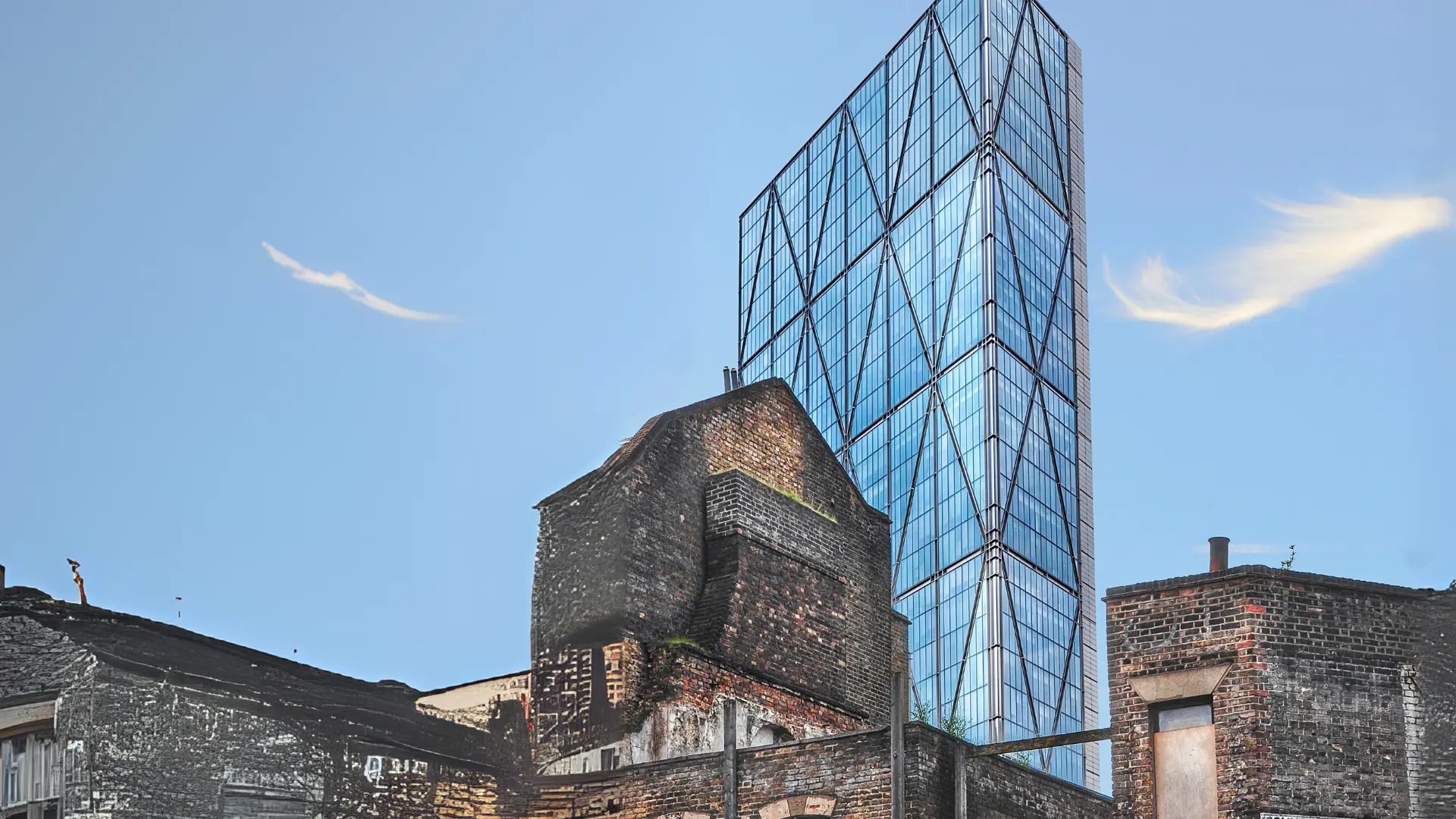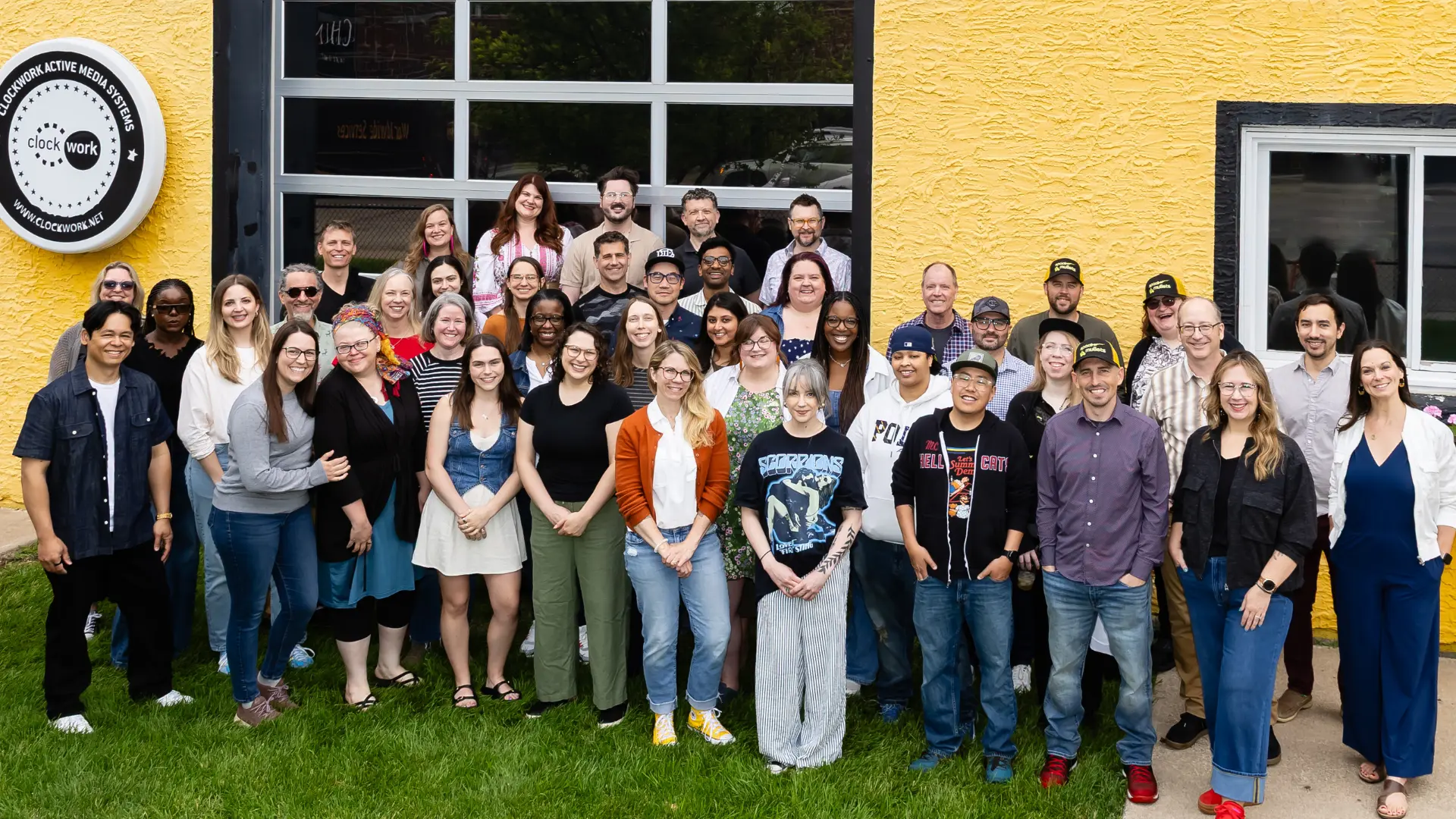The challenge
In the nearly eight years that I’ve been with Clockwork, we’ve quintupled in size — from 12 people in one room to more than 60 spread across 10,000 square feet and 4 seating areas (not to mention our flexible work environment, which means some people are working from other locations). With that growth in size, and more physical separation from one another, new communication challenges have emerged. With only 12 people in the office you (literally) hear everything that happens. A new project comes in and you immediately know who to talk to about it because…you just know. You’re ambiently aware of just about everything that’s going on within the organization. But at — and beyond — 60 people, you can go for days without seeing certain co-workers. You can easily get separated from information that might affect something you’re working on, or be unaware of a colleague’s interest or expertise area simply because you’ve never had a chance to talk about it.
Yet, inter-departmental and interdisciplinary information sharing makes people smarter and makes teams work better. Evidence shows that people work better together after establishing even the most minor shared social connection (like a shared birth month, for example).
The experiment
Over the years, we’ve developed many ways to encourage internal information sharing, and help build connections across specialty areas and project teams. From a physical standpoint, we’ve consciously created areas throughout the office for teams to gather: formal meeting rooms, informal lounge spaces, a kitchen table that seats 30, and ad hoc meeting spaces for small group discussions or collaboration sessions. And things like weekly staff newsletters, Launch Lunches (where project teams give the rest of the company a quick tour of recent projects), staff meetings, and department and project team meetings all help, too.
But, even all of that sometimes isn’t enough. Most of the communication is really specific, and generally crammed into a day that’s filled with other stuff. An hour here, an email there — it keeps things flowing, but it doesn’t give people the luxury of real, quality time dedicated to thinking about the work versus doing the work.
So we wanted to try something new. Something bigger and bolder — a longer-form and more dedicated way to really get people into the mode of making connections and having conversations. Our idea? The Clockwork Unconference: an entire day of nothing but information sharing, both personal and professional, between Clockworkers.
The risks
From an organizational standpoint, it’s expensive — 60+ people not billing for eight hours — but the expense bears real value. It can be easy to consider heads-down time as the time when real work happens. But thinking and communicating are real work. In fact, not only are they work, they’re crucial to every other type of work. Thinking of an idea and communicating it effectively is often more difficult, and more taxing, than executing a concept.
Another risk? Conventional conferences — or even annual meetings and staff retreats — are typically created by a committee who decides the agenda, content, and presenters. The burden is on the organizers to create value for the attendees. Conversely, an unconference format puts the burden on audience to make it effective. (You can learn more about unconferences here.) Our job as organizers is to provide the space, time, and ground rules — but the content comes from the attendees. For more traditional companies, the risk is that the audience would be skeptical or unfamiliar with the concept, and that gaining valuable participation could be difficult. For us, the risk was almost the opposite: that in a company filled with smart, independent thinkers the unconference would be seen as some kind of forced “team-building.” (Trust me, we had lots of jokes about trust falls.)
We did cheat a tiny bit: rather than build the agenda on the day of the unconference, we gathered session ideas and set the schedule ahead of time. This allowed presenters to gather their thoughts, and people who weren’t presenting to think about what sessions they wanted to attend. And, both years, we set very aggressive agendas: staff meeting, breakout sessions, lightning talks, and generous breaks (so people could check email and voicemail and respond to urgent client requests if needed).
The reward
Despite the risks, our first unconference, in 2013, was so successful that we did it again in 2014. So, what do we get out of it?
We are in a creative industry: it’s our job to come with ideas that help solve our clients’ problems. Innovation and creativity thrive on exposure to new ideas and knowledge. An internal unconference creates space and time for people to do nothing but think, talk, laugh, connect, and have ideas outside of the constraints of a project.
We are also in the business of selling our ideas to clients — our strategic thinking, our creative concepts, our proposed technology solutions. All of those are ideas that clients say yes or no to during the course of a project. That means that everyone — from business development to quality assurance testers — needs to constantly improve their communication skills. An internal unconference gives everyone an opportunity to face their fears of public speaking, and hone their presentation skills. As a side benefit, we’ve had employees test-drive presentations that they later brought to national conferences. Win!
Collaboration is an essential part of our process; it’s easier and more effective when teams care, not just about the work but also about each other. This personal investment makes helping out a team member or giving and taking feedback well go smoother. The unConference gives everyone an opportunity to build new and stronger connections across the company, often between people who don’t have an opportunity to work directly together on projects.
It sounds ridiculously simple, but spending eight uninterrupted hours simply talking to each other gives us the chance to learn more about each other, about the work we are doing, and about specific disciplines. We celebrate what we accomplished, look forward to the coming year, celebrate the wins, examine the losses, share a meal, strengthen our friendships, and rally.
Basically, it’s like being in the locker room with Coach Taylor for a whole day.
Clear cache, full buffer, can’t lose.
Photo credit: Sharyn Morrow




